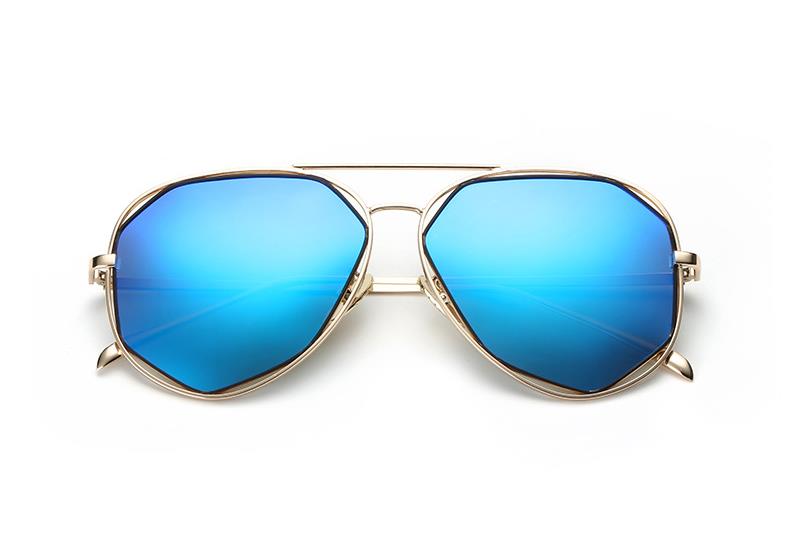

Many people use sunglasses for many years. In fact, sunglasses also have a shelf life, which is related to wearing time, lens material, wearing habits, and regional sunshine. In general, the best use period for sunglasses is roughly two years, and it is best to change a new one after the time.
First of all, the main wear and aging of sunglasses is the joints of the lens and the frame. There are three main types of lenses: resin polarizers, resin PC lenses (AC, CR39, nylon are temporarily such), and glass lenses. The resin polarizer and the resin PC lens, which are light in weight and comfortable, are not wear-resistant, and scratches will occur for a long time. Many people don't know that the lens is worn out. It is hard to see by eye adjustment. In the long run, it will increase the fatigue, which will lead to decreased vision. Therefore, usually the lens should be placed upwards to avoid scratching and scratching the mirror surface.
Secondly, the lens is exposed to sunlight for a long time, which will reduce the UV protection ability and easily cause damage to the cornea. Through simulation experiments, the researchers placed the sunglasses under the daylight simulator, 30 cm away from the luminous point, and continued to "exposure" for 50 hours. It was found that the UV protection ability of the lens was degraded. The highest levels of UV in tropical countries and regions mean that the UV protection of sunglasses degrades more quickly in these areas. Even if the lens material of high-quality sunglasses uses special materials, it will age as time goes by. If the UV protection function of the sunglasses is reduced, it will damage the cornea and the retina, and cause diseases such as solar keratitis and corneal endothelium damage.
High-quality sunglasses can absorb or reflect ultraviolet light to block the illumination of the eyes. There are several obvious ways: 1. Mark "UV400", which means that the lens has a wavelength of 400 nm for ultraviolet light, that is, its spectrum below 400 nm. The maximum transmittance cannot be greater than 2%. 2. Mark "UV" and "UV protection": It means that the barrier wavelength of the lens to ultraviolet light is 380 nm. 3. Mark "100% UV absorption": It means that the lens has a 100% absorption function for ultraviolet light, and the average transmittance in the ultraviolet range is not more than 0.5%. The above-mentioned labels are called sunglasses that are truly protective against ultraviolet rays.